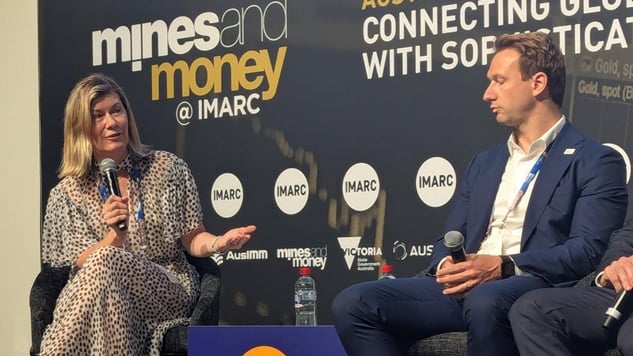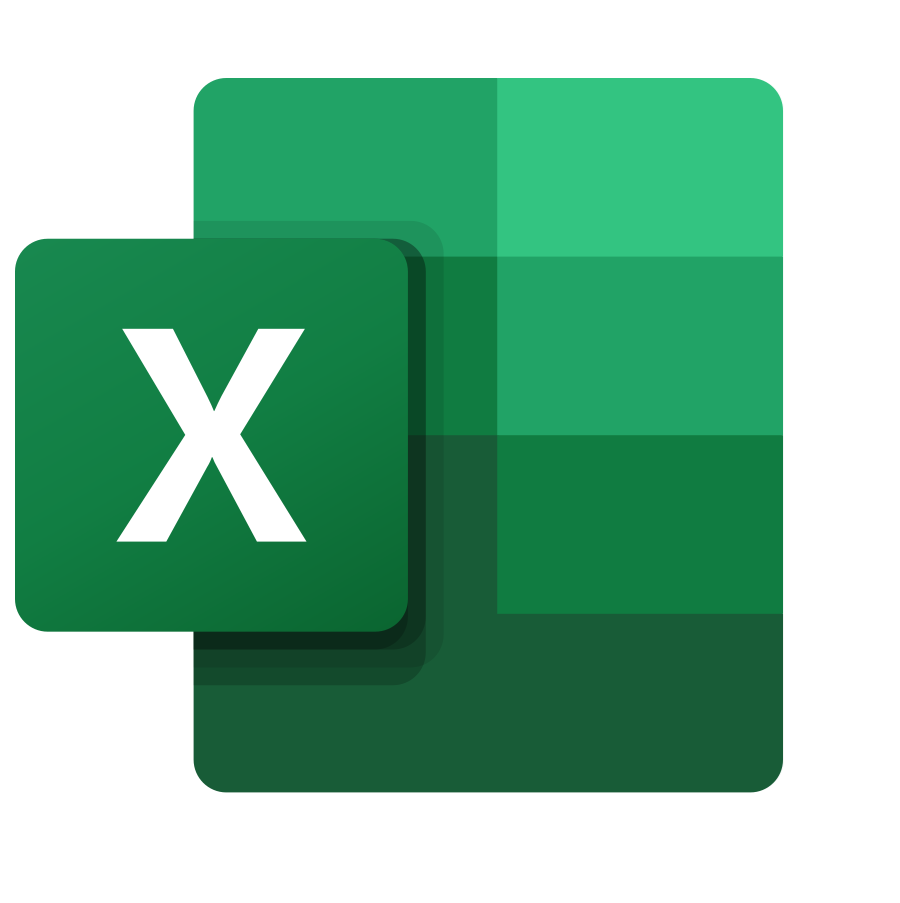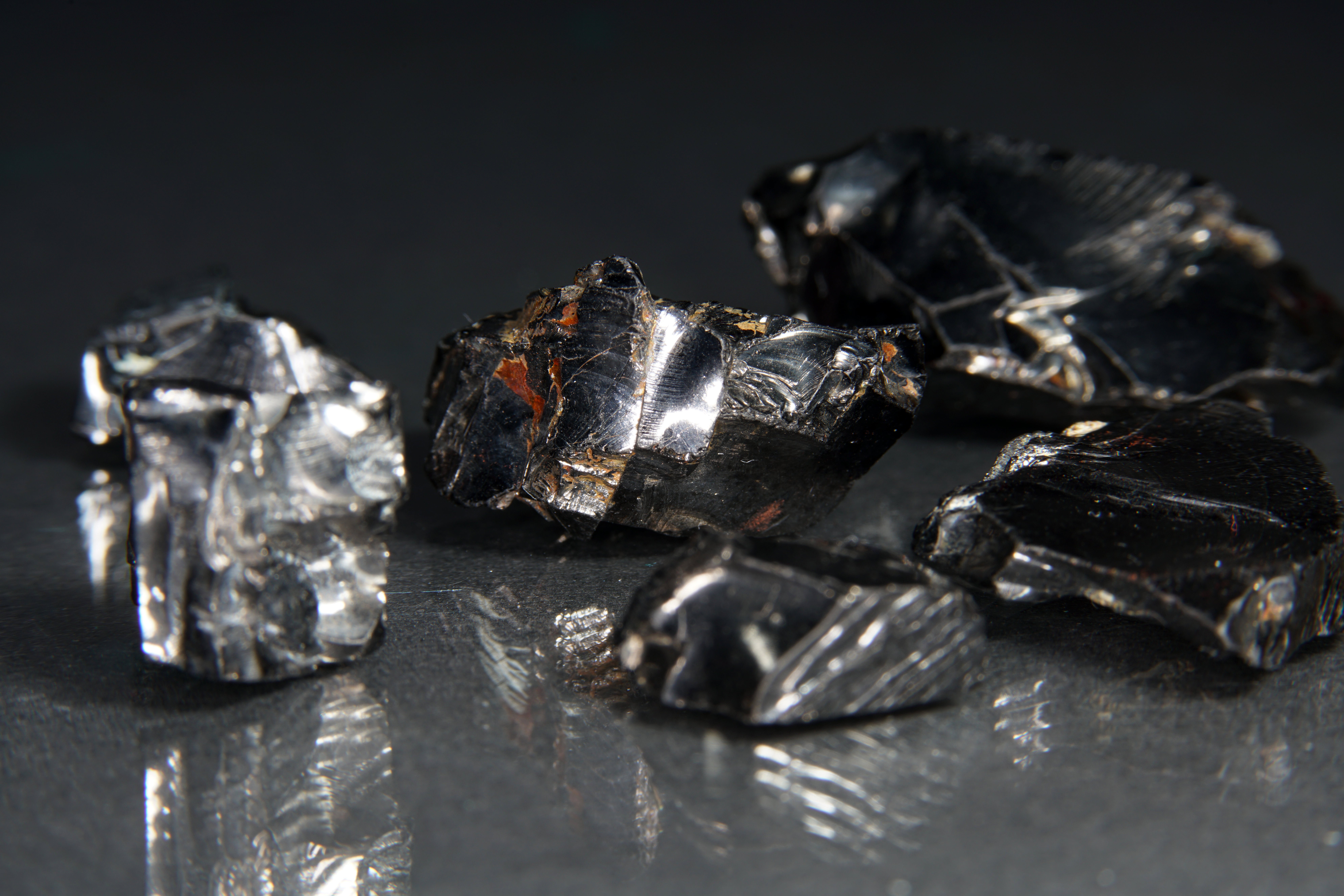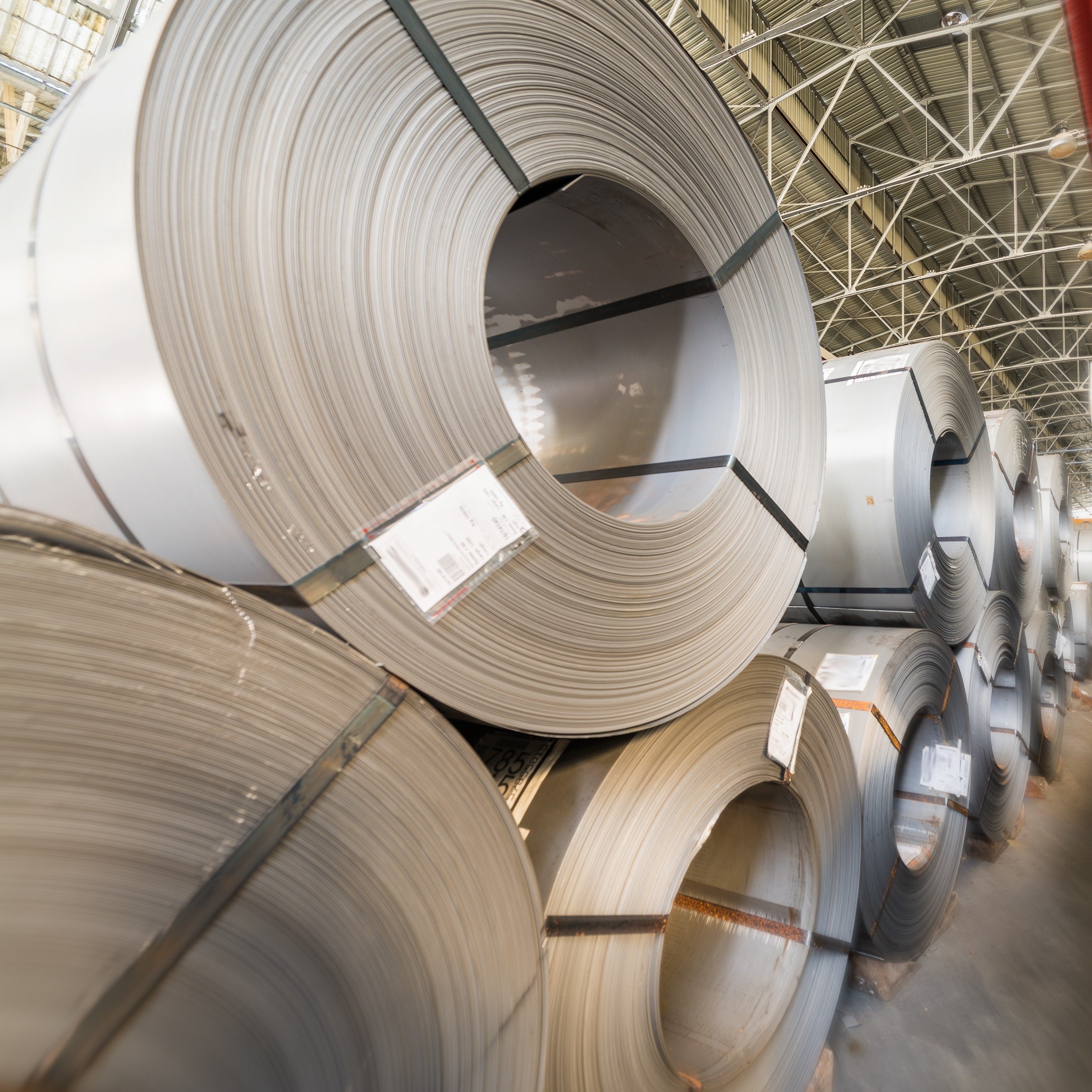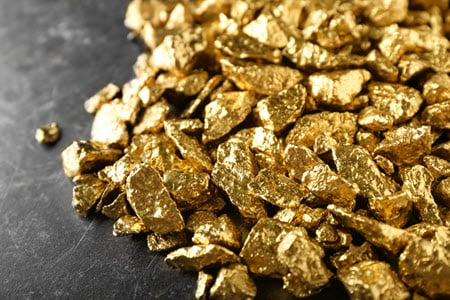Gold’s move beyond $4,000 /oz marks a structural repricing of trust rather than a speculative surge. CRU examines what this milestone in the gold price means for miners navigating margin pressures, consumers facing record prices, and investors searching for stability in a world running low on trust.
$4,000 /oz gold price: The fantasy becomes reality
When we hosted our webinar in mid-August, Gold at $4,000 – Fantasy or Reality?, the metal traded just below $3,400 /oz. At the time, we asked what it would take for gold to reach $4,000 /oz – a renewed wave of monetary easing, escalating geopolitical risk, or a broader loss of trust in the system’s ability to self-correct.
In the weeks that followed, much of this began to unfold. Monetary easing resumed, geopolitical tensions intensified, and the dollar weakened as doubts about policy discipline continued to mount. In less than two months, the gold price surged 17.5%, reflecting further deterioration in investor confidence in the policy and geopolitical backdrop.
At CRU, we have been tracking this shift since 2019, when the gold price began its multi-year ascent from around $1,300 /oz. The unprecedented policy response to the pandemic set gold on a path that challenged its traditional relationships with real yields and monetary policy. The combination of massive fiscal expansion and prolonged monetary support redefined how investors interpret risk, inflation and the credibility of economic policy itself. Since then, the traditional inverse relationship between gold and real yields has steadily eroded.
Even when the US Federal Reserve executed its most aggressive tightening cycle in decades, the gold price continued to climb. Real yields rose sharply from deeply negative levels to their highest level since the 2008 financial crisis. Yet gold held firm. Investors now increasingly interpret higher yields not as a sign of economic resilience but as an indicator of underlying stress.
This shift in perception is now rippling through the physical market, reshaping industrial demand patterns, investor positioning and producer margins.
Industrial demand weakens as strategic buying accelerates
Although gold is primarily an investment vehicle, its industrial uses remain an important part of global economic activity. Demand across these segments had already been weakening over the past three years, but the surge above $4,000 /oz has accelerated the decline as companies and consumers seek cheaper alternatives. Rising gold prices have softened jewellery demand as products move further out of reach, while the elevated price environment continues to erode gold’s use in dentistry, coins and medallions
Electronics remains the only segment with modest growth potential, driven by high-end chip manufacturing and AI-related technologies, though ongoing substitution and miniaturisation continue to limit gold’s intensity of use.
Meanwhile, rising gold prices did little to deter strategic accumulation. Central-bank reserves and private investment holdings continue to rise as diversification away from fiat currencies accelerates. These dynamics, explored in detail in CRU’s Precious Metals Market Outlook, highlight how gold’s dual role – both industrial input and store of value – is gradually altering the balance of global demand.
Uneven gains across producers
However, the biggest impact is being felt in the mining sector. During our webinar, we noted that while stronger gold prices have improved margins across the board, they have not lifted all miners equally. Differences in cost structures, hedging exposure and jurisdictional risk have created notable performance gaps, with smaller, better-positioned producers often outperforming the majors.
This divergence is a key finding for both investors and producers. It underscores the value of granular cost and margin analysis, something that CRU is proud to share with clients through its Asset Service. The platform offers clear visibility into how various mine operators perform across market cycles and price environments.
CRU clients can access our investigation into the impact of changing gold prices in our LME Week Commodity Briefing, focusing on the economics of copper producers with substantial by-product exposure (speak to us if you want to see more detailed information on this). By-product credits do more than simply trim costs – they can materially alter the cost curve and reshape investment incentives.
This relationship is clearly illustrated in the charts below, which highlight its broader implications for how the market interprets cost curves and allocates capital. Large gold by-products can temporarily conceal challenges such as declining grades, harder ore, rising energy and logistics costs, or deferred maintenance, effectively flattening visible cost increases. If investment decisions rely too heavily on net cash costs or all-in metrics during periods of surging gold prices, the industry risks over-committing to projects that may prove less resilient once by-product prices or payables normalise.
What to expect next?
Gold is on a trajectory very few anticipated, and even fewer dared to predict. When we talk and listen to market participants, there is a growing consensus that this is not the end of the bull run. Some industry veterans, such as Pierre Lassonde, have suggested prices could move significantly higher before the decade is out, while others remain sceptical that the forces driving gold – i.e. distrust, deglobalisation and fiscal strain – can persist at this intensity.
Within CRU, our own debates mirror this divide. We see $4,000 /oz not as an endpoint but as confirmation of a deeper structural repricing already underway. This shift continues to shape market behaviour and investor positioning, with near-term strength still underpinned by enduring macro headwinds. We expect gold to maintain bullish momentum into 2026 as macro, monetary and geopolitical risks persist. Slowing global growth, widening fiscal imbalances and rising sovereign debt levels are keeping investors defensive. These pressures continue to reinforce the appeal of real assets at a time when confidence in traditional fiscal and economic governance is steadily eroding.
The next phase will test the durability of this repricing – whether it consolidates into a new normal or extends further as policy and fiscal strains deepen.








